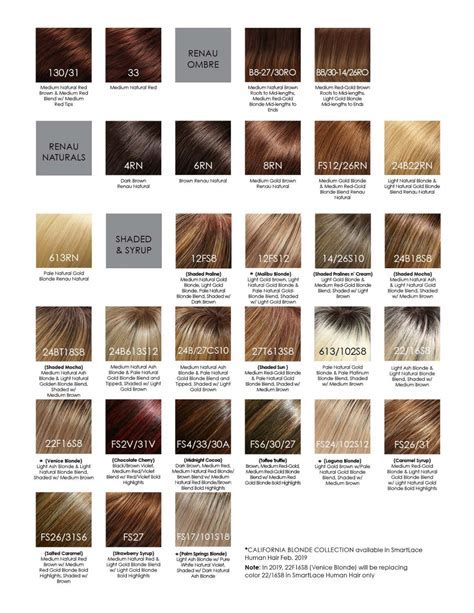Introduction
Braided human hair has been a cultural and fashion staple for centuries, transcending time and region to adorn heads with beauty, significance, and boundless possibilities. This article delves into the multifaceted world of braided human hair, encompassing its history, techniques, applications, benefits, and misconceptions.

Historical Tapestry of Braided Human Hair
From ancient Egypt’s intricate hair braids to the elaborate hairstyles of Renaissance ladies, braided human hair has adorned humankind for millennia. Archaeological evidence suggests that braiding dates back to 3500 BC, with civilizations across the globe developing their own unique braiding methods.
- Ancient Greece: Simple and intricate braids were used to signify social status and personal style.
- Ancient Rome: Roman women favored elaborate braids adorned with jewels and pearls.
- Medieval Europe: Braids became a symbol of purity, modesty, and social hierarchy.
- African Diaspora: Braiding played a crucial role in African cultures, connecting individuals, preserving identity, and conveying personal stories.
Techniques & Styles Unraveled
Braided human hair offers a mesmerizing array of techniques and styles, each with its own unique aesthetic and cultural significance.
- Box Braids: Square-shaped braids that create a neat and geometric look.
- Cornrows: Tightly woven braids that follow the contours of the scalp.
- French Braids: Three-strand braids that begin at the crown and work their way down.
- Dutch Braids: Similar to French braids, but the strands are placed under instead of over.
- Micro Braids: Tiny braids that are incredibly versatile and can last for months.
- Dreadlocks: Braided strands of hair that form permanent, rope-like structures.
Applications & Transformations
Braided human hair extends beyond its aesthetic charm, serving a multitude of functional and transformational purposes.
- Protective Hairstyles: Braids effectively protect natural hair from environmental damage, friction, and breakage.
- Versatile Accessory: Braids can be transformed into endless hairstyles, from buns and ponytails to intricate updos.
- Cultural Symbol: Braids hold deep cultural significance in many societies, representing cultural heritage, social status, and personal stories.
- Hair Extension: Braids can be used as extensions to add length, volume, and texture to natural hair.
- Fashion Statement: Braided human hair is a fashionable and timeless accessory that can elevate any outfit.
Braided Hair: A Boon for Business & the Economy
The braided hair industry is a booming global market, generating billions of dollars in revenue each year.
- Economic Empowerment: Braiding has created employment opportunities for millions of women worldwide.
- Social Enterprise: Braiding cooperatives and businesses promote financial independence and empower women economically.
- Cultural Tourism: Braided hairstyles are often showcased in cultural events and attract tourists interested in experiencing traditional practices.
Benefits that Elevate Your Well-being
Embracing braided human hair offers a myriad of benefits that enhance both beauty and well-being.
- Protects Hair Health: Braids minimize hair breakage, split ends, and damage caused by styling and environmental factors.
- Reduces Stress: The act of braiding can be therapeutic, promoting relaxation and stress reduction.
- Enhances Self-Esteem: Braided hairstyles can boost confidence and self-esteem by highlighting personal style and cultural heritage.
Avoiding Common Mistakes for a Perfect Braid
To ensure flawless braids and avoid potential pitfalls, heed these common mistakes:
- Over-tightening: Braids that are too tight can cause scalp pain, hair breakage, and traction alopecia.
- Neglecting Moisture: Regular conditioning is crucial to keep braids hydrated and prevent dryness and damage.
- Skipping Edge Control: Neglecting edge control can lead to flyaways and an untidy appearance.
- Using Unnatural Products: Avoid products containing harsh chemicals or synthetic ingredients that can damage your hair and scalp.
Braided wigs: A novel & easy invention for hair lovers
Braided wigs are the latest invention making waves in the hair industry. They offer a convenient and versatile way to enjoy the beauty of braids without the time-consuming and potentially damaging process of braiding natural hair.
Braided wigs come in a wide range of styles, colours, and lengths, allowing you to switch up your look with ease. They are also easy to maintain, requiring minimal styling and maintenance compared to natural braids.
Key Statistics & Market Trends
- The global braided hair market was valued at over $4.5 billion in 2020 and is projected to grow to $7.5 billion by 2026.
- Over 60% of women in the United States wear braids at some point in their lives.
- African-American women spend an estimated $1.3 billion annually on hair care products, with a significant portion going towards braiding.
- Braid-related businesses are increasingly focusing on sustainability and ethical sourcing practices to meet the growing demand for socially responsible products.
Conclusion
Braided human hair is a captivating and multifaceted cultural and fashion phenomenon that transcends time, region, and purpose. Its intricate techniques, boundless applications, and myriad benefits have made it a beloved adornment, a symbol of heritage, and an engine of economic growth. As the world continues to embrace the beauty and versatility of braided hair, its significance is bound to soar even higher in the years to come.
Additional Resources
- Braiding History and Culture
- The Global Braided Hair Industry
- Protective Hairstyles for Women of Color
